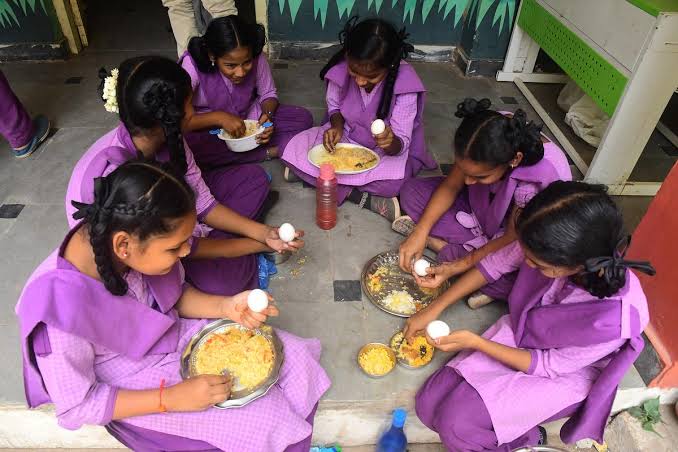One Year Later: Reflecting on India’s Most Extravagant Wedding and Its Missed Opportunity to Fight Hunger
By Tanvi Ibrahim Patankar | Editor in chief: Adrienne Carter
Share
Photo : Google Inc
Mumbai, India — Exactly one year ago, the eyes of the world turned to India as it hosted what many dubbed the most extravagant wedding in the country's history. The union between the heirs of two industrial dynasties lit up social media and headlines with diamond-studded attire, private performances by international superstars, and a guest list that read like a Forbes billionaire index.
The estimated cost? Over ₹800 crore (roughly $100 million USD).
Touted as a symbol of India’s rising global influence and financial power, the wedding was also met with criticism, especially from within India, where nearly 190 million people still struggle with undernourishment, according to UN estimates. A year on, the grandeur of the ceremony continues to evoke a fundamental question: What if that money had been spent to feed the poor instead?
Photo : Google Inc
The Contrast: Glittering Feasts vs. Empty Plates
Held in a palace-like venue, the wedding featured plated multi-course banquets for thousands, airlifted ingredients, and flower arrangements flown in from Europe. In contrast, in states like Bihar, Jharkhand, and parts of Uttar Pradesh, millions of children continue to rely on mid-day school meals as their only source of nutrition.

Photo : G.N. Rao
According to the Indian government’s own data, it costs just ₹20–25 ($0.30 USD) to provide a hot cooked meal to a child through the Mid-Day Meal Scheme. With ₹800 crore, over 320 million meals could have been served, enough to feed every schoolchild in India a hot meal daily for over a week.
“If even a fraction of this money was diverted to food security programs, the impact would be tremendous,” says Meera Nair, a food rights activist based in Delhi. “Luxury is not a sin, but in a country where hunger still kills, such excess must be viewed with moral scrutiny.”
The Symbolism of Wealth in Modern India
To many, such opulence is not just wasteful, it symbolizes a widening economic inequality in the world’s most populous democracy. While India's GDP continues to grow, the gap between the ultra-wealthy and the poor is also increasing at a dramatic pace. Oxfam India reports that the top 1% of India’s population holds more than 40% of its wealth.

Photo : Brides
Supporters of the wedding argue that events of such scale create jobs and boost local economies. “From decorators to chefs, hundreds of workers earned their livelihood from this wedding,” said one event organizer. Yet critics argue this “trickle-down” impact is minimal compared to direct investments in public welfare.
Missed Opportunities for Legacy
In the year since the wedding, neither family has announced any major philanthropic project related to food security, education, or healthcare. This absence has sparked debate about the responsibility of the ultra-rich in a nation grappling with deep-rooted challenges.
“Had this wedding been paired with a ₹100 crore donation to hunger relief, it could have changed the narrative entirely,” says Raghav Sharma, an economist at a Mumbai-based think tank. “It could have been remembered as a celebration and a catalyst for social good.”
A Moment for Reflection
India stands at a crossroads, balancing ambition, tradition, and a moral imperative to lift millions out of poverty. Weddings have long been symbolic in Indian culture, representing not just unions of individuals, but of families, traditions, and communities.
But in an age of instant virality and global visibility, what message does a $100 million wedding send to the 800 million Indians who earn less than ₹375 ($4.50 USD) a day?
As the anniversary of that fabled wedding passes quietly, it leaves behind not just memories of fireworks and couture, but a question echoing louder with each hungry stomach: What if we chose compassion over opulence, and legacy over luxury?


